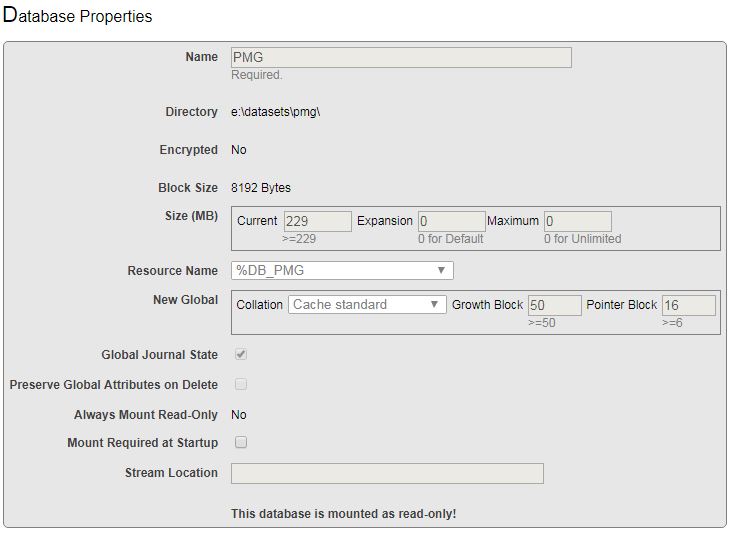Any suggestions on the most efficient way to convert yyyymmdd string to mm/dd/yyyy?
InterSystems Developer Community is a community of
25,417 amazing developers
We're a place where InterSystems IRIS programmers learn and share, stay up-to-date, grow together and have fun!

